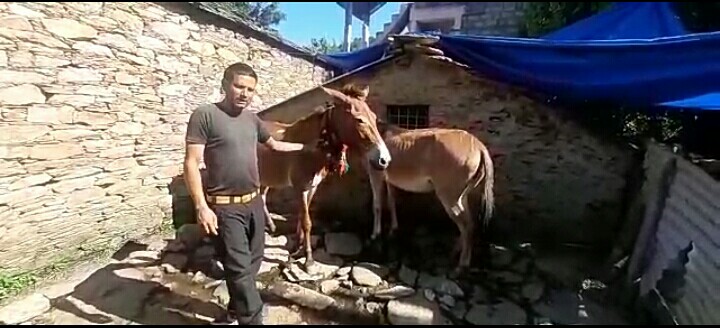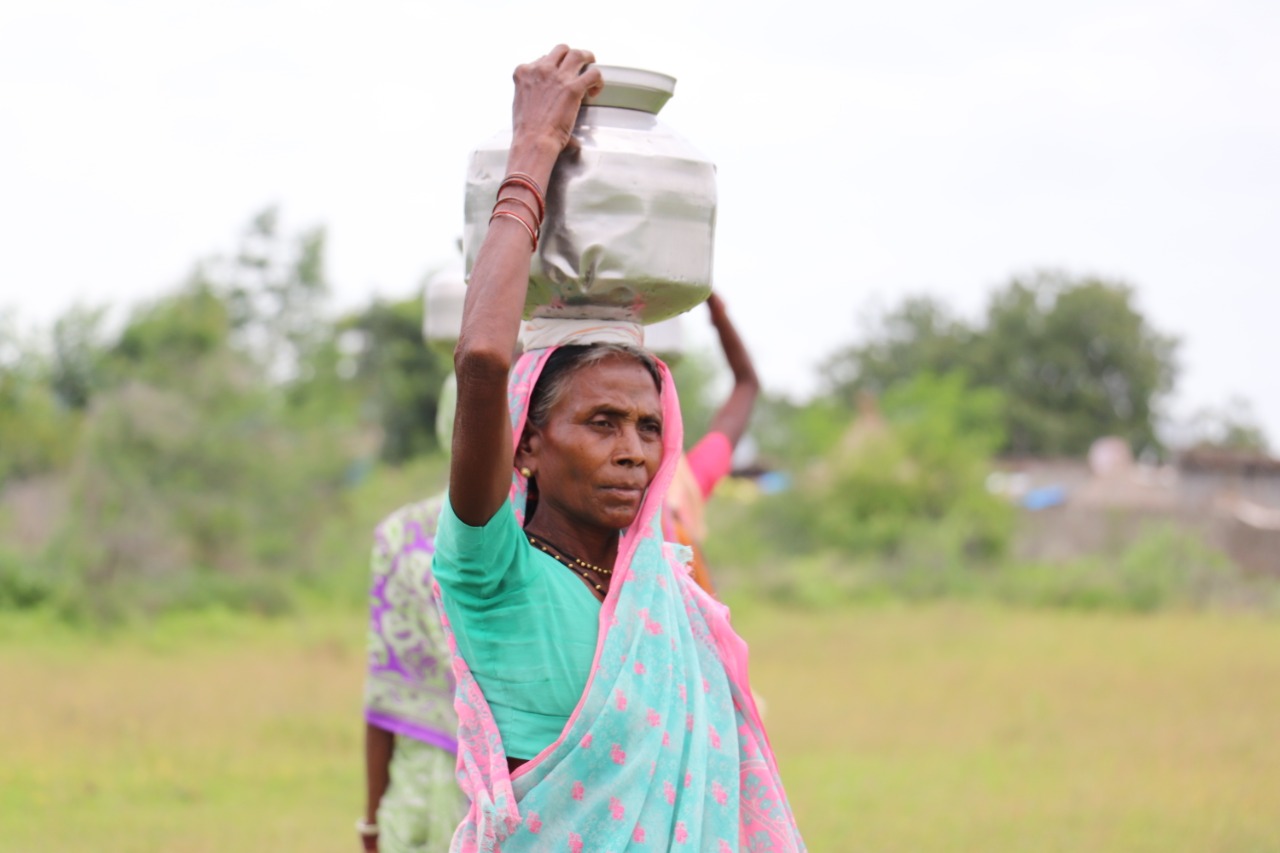- home

- Publication & Resources

- Blog
- Hope beyond the Clouds

Hope beyond the Clouds
A chilly wind blows softly over the place. The streets are empty, save for an occasional passerby. It is an unusual sight at this time of the year, where normally the streets would be bustling with pilgrims. Chanting hymns, sanguine pilgrims would reach the Holy Temple of Kedarnath, after completing a distance of 16 km by different means. But this year seems to be different.
Nestled between the Garhwal Himalayan Ranges lies the temple town of Kedarnath, which is one of the holiest shrines of India. About a million people visit the shrine every year, with an average footfall of 10,000 people a day. Situated in the Rudraprayag district in Uttarakhand, the town lies near the Chorabari glacier and the Mandakini River and is flanked by snow-capped peaks. The nearest motor road is at Gaurikund, which is 18-19 km away.
The town has a population of nearly 600 people, with a majority of them linked with the tourism and hospitality industry. Small restaurant and hotel owners, animal service providers are some of the people belonging to the working community. The working pattern of these people is often dictated by the extreme weather conditions in the region. Hence most activities occur between April – October, coinciding with the temple‘s operational period.
Mukesh works as a mule service provider for pilgrims in the region. During the peak season, his two mules transport pilgrims to the temple. However, this year’s COVID 19 pandemic has resulted in a sharp decrease in the number of pilgrims visiting the shrine. “My livelihood was linked with the Kedarnath yatra that occurred every year. Due to the halt in the yatra, pilgrims have not been visiting the shrine and thus my source of income has been severely affected. It has been difficult to sustain myself during this period.”
Amidst the worrying pandemic, many challenges still loom large. Bare necessities like food and water are scarce. Apart from humans, animals are also bearing the brunt of the pandemic. “There is a shortage of food for the animals. Basic maintenance of the animals is becoming difficult and the animals have been feeling weak due to the lack of food.”
Taking note of the dire conditions of such people, CASA came to the forefront and provided dry ration and hygiene kits to many such people like Mukesh, in the Rudraprayag district of Uttarakhand. “I am extremely grateful for the aid that CASA has provided us. These resources will lessen our difficulties for some time,” said a gleaming Mukesh.
Recently, the state of Uttarakhand has allowed the entry of pilgrims from its state to enter the shrine from July onwards. People from other parts of the country are still not allowed due to the existing pandemic. Various guidelines have been released, with the new standard operating procedures involving social distancing, use of face masks, sanitizers, and the capping of visitors per day etc. Though the conditions are improving, it will take some time to return to normalcy. But these people are resilient and optimistic about the future.
-Written by Sudarshana Chatterjee, Intern, Communications
 Previous Blog Post AMPHAN- The Destruction of Fauna, Flora, Livelihood and Dreams in Sundarbans
Previous Blog Post AMPHAN- The Destruction of Fauna, Flora, Livelihood and Dreams in Sundarbans HOPE IN TIMES OF DESPAIR
HOPE IN TIMES OF DESPAIRFeatured Post

International Women’s Day -2021
8 Mar 2021
International Women’s Day -2021 is very special for CASA. It’s a delight to announce, CASA with the support of the Church of Sweden has launched an exclusive Gender Desk to emphasise the importance of Gender Justice work. CASA has been working for Gender Justice all throughout and across our constituencies in all these years. Gender Desk comes to add vigour […]

Overcoming Gender and Poverty Barriers
Poverty has been an inevitable problem in India since the beginning of time. The increasing problems of poverty caused by overpopulation and the unequal distribution of wealth among the people have led to a huge impact on the life of millions in the rural as well as the urban area. A person has to acquire […]

Impact of Climate Change on Women
16 Jan 2021
Climate change is a prevailing problem globally whose hazardous repercussions extend beyond the environment. Shrinking glaciers, extinction of plants and animal species, mutation, rise in the Earth’s average temperature and triggered seasonal fluctuations, are some of the impacts of climate change that have already grabbed the headline. Certain early predictions pertaining to climate changes had […]



